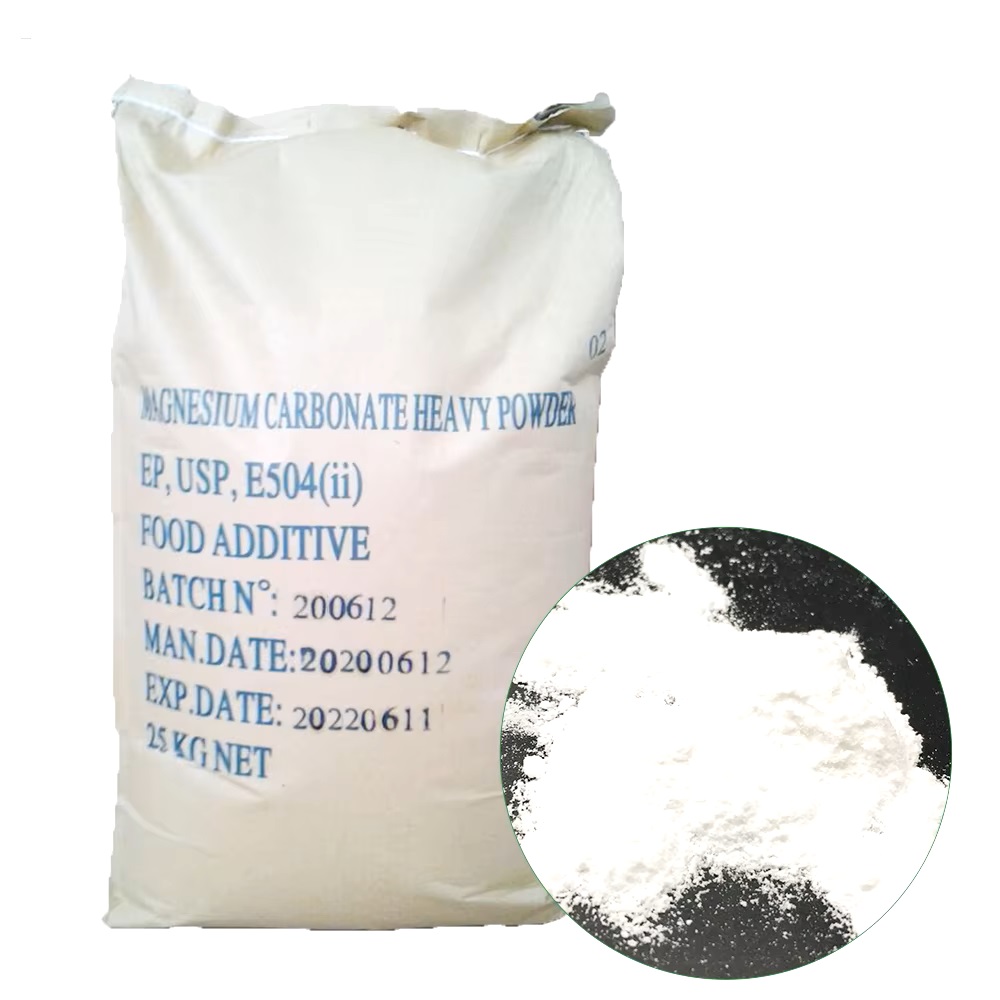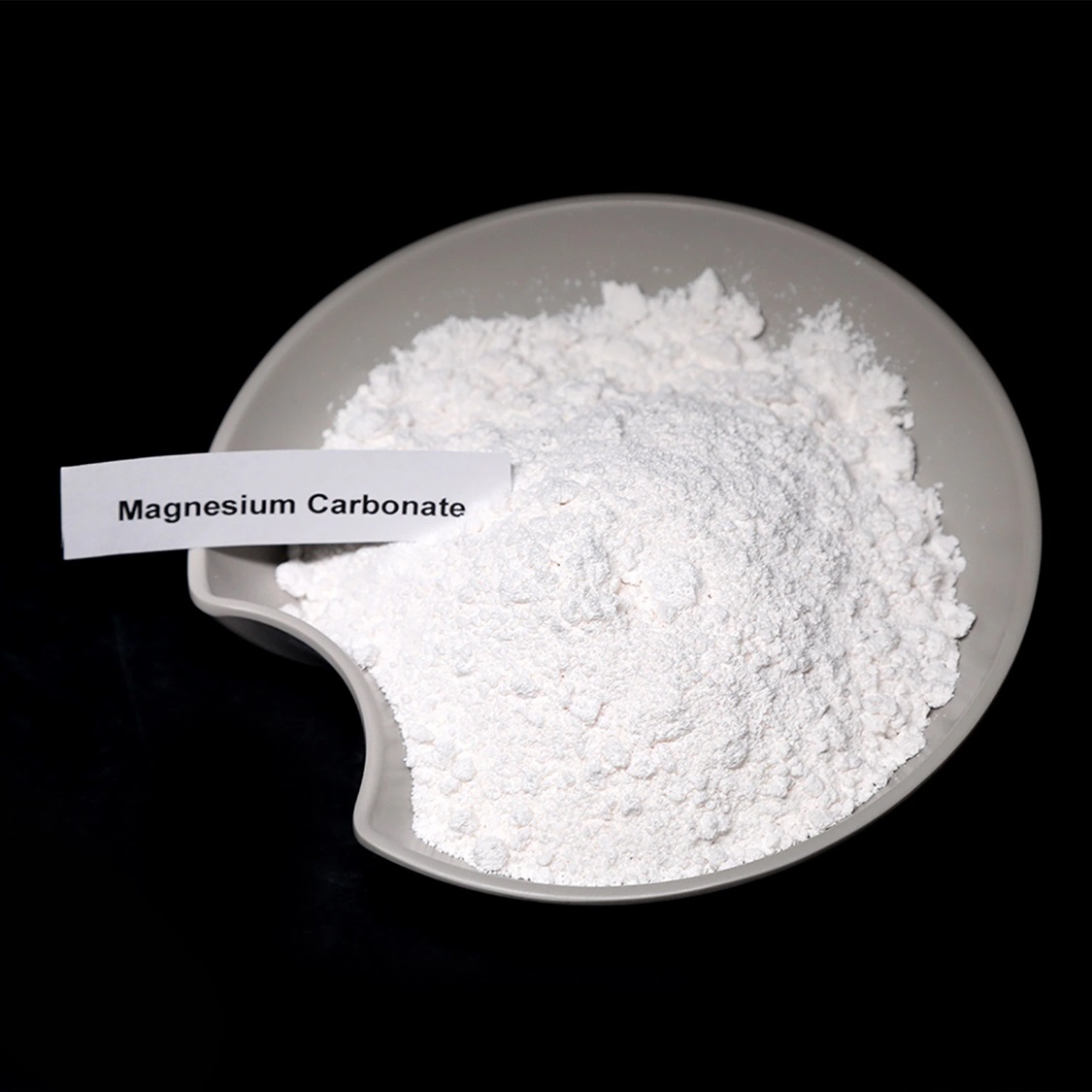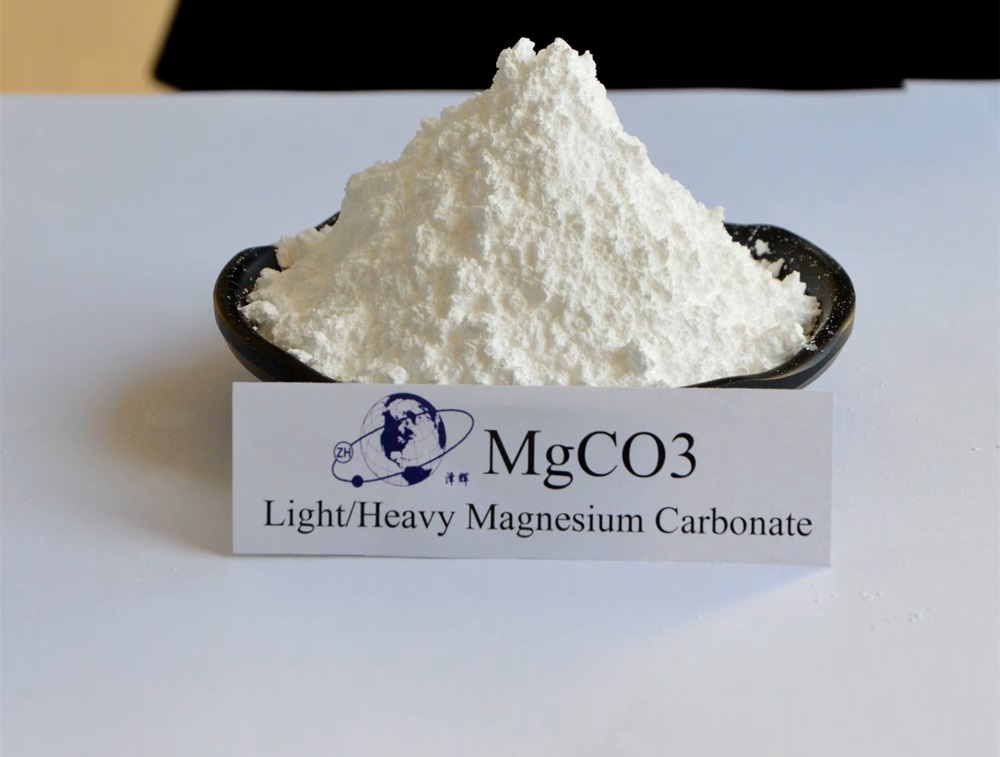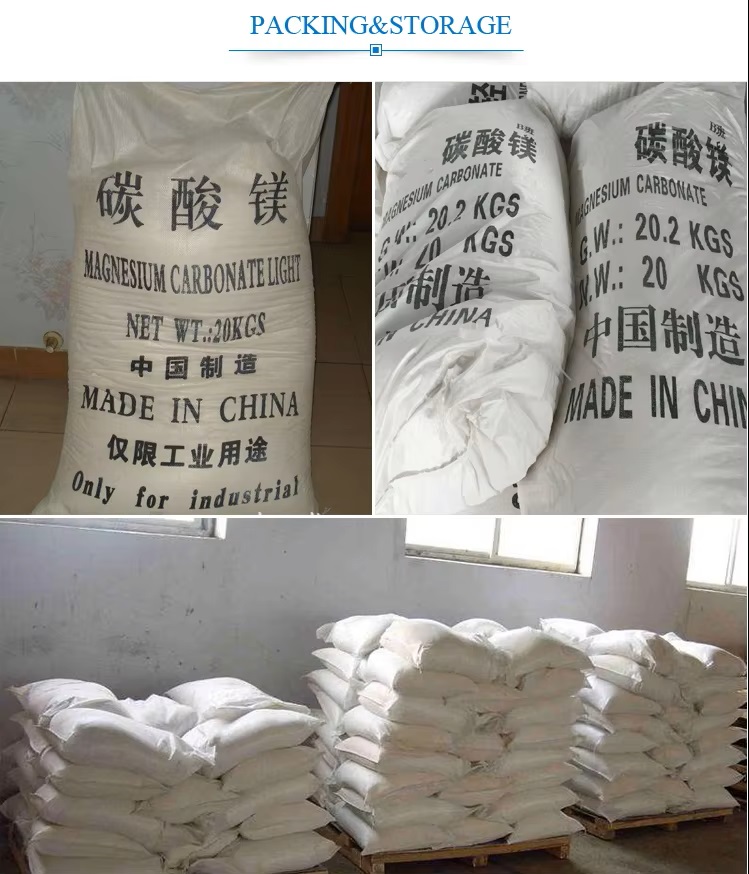We unleash your business potential by maximize the business innovation.
Send EmailE504, Magnesium Carbonate, Hydromagnesite, Basic Carbonate, Carbonic Acid Magnesium Salt, 546-93-0
Molecular Formula (Magnesium Carbonate): MgCO3
Molecular Weight: 84.31 g/mol
Chemical Name: Magnesium Carbonate
CAS Number: 546-93-0
It is among the most important compounds of magnesium. It is found in magnesite, which occurs naturally in nature. Although it occurs naturally in many countries, it is obtained synthetically in some countries. It is among the most important sources of magnesium.
It is among the magnesium salts. It can be found commercially in anhydrate, dihydrate, trihydrate and tetrahydrate mineral forms. It has antacid fertilizer properties. It is often mixed with calcite. It forms dolomite or dolomitic limestone deposits.
It has technical and food forms.
E Code (Food Code): E504
Other Names Are As Follows;
Carbonic Acid Magnesium Salt
Magnesium Powder
546-93-0
Hydromagnesite
Basic Carbonate
Anhydrous
How is it produced?
Magnesium Carbonate production can vary from the normal hydrated form in the market to the basic hydrated form.
Dolomite is announced in an aqueous suspension and almost all of the calcium carbonate is absorbed in the presence of pressure with the help of carbon dioxide. The resulting solution is filtered and heated until boiling occurs. Magnesium bicarbonate precipitates in the solution disappear.
Its heavy form is obtained by mixing a hot and concentrated magnesium chloride or magnesium sulfate solution with a sodium carbonate solution.
The obtained material is precipitated in granular form and then dried by spraying. It may cause the formation of products with different physical properties as a result of changes in the temperatures in the reactions.
What are its Physical and Chemical Properties?
It is in the form of a light white powder in physical appearance. It has a taste similar to soil. It has no smell. But it has the ability to absorb odor.
Its melting point is 990 ° C.
Its density is 3.05 g/cm³.
It is insoluble in water as a solubility. It dissolves effervescently in dilute acids.
It is stable in air. It emits irritating, sharp smoke when heated with heat.
Where are the Areas of Use of Magnesium Carbonate?
There are several areas of application in the food sector. These include drying agent, color retention, anti-caking and carrier properties.
It is used to provide fireproofing in the production of some flooring and some fire extinguishers.
It is used as a filler in plastic production and also to suppress smoke.
It is used as an antacid in the production of tablecloths to prevent stomach upsets.
It is used to whiten skulls in the field of taxidermy.
It is used as a heat insulation agent in the field of refractory application.
It has a very good odor absorption ability. For this reason, it is used in the production of talcum powder and soap.
In the pharmaceutical industry, magnesium carbonate is used as an inert binder to keep tablets together.
It is used in tablet production to meet people's magnesium needs. In this application, it is used with some excipients.



